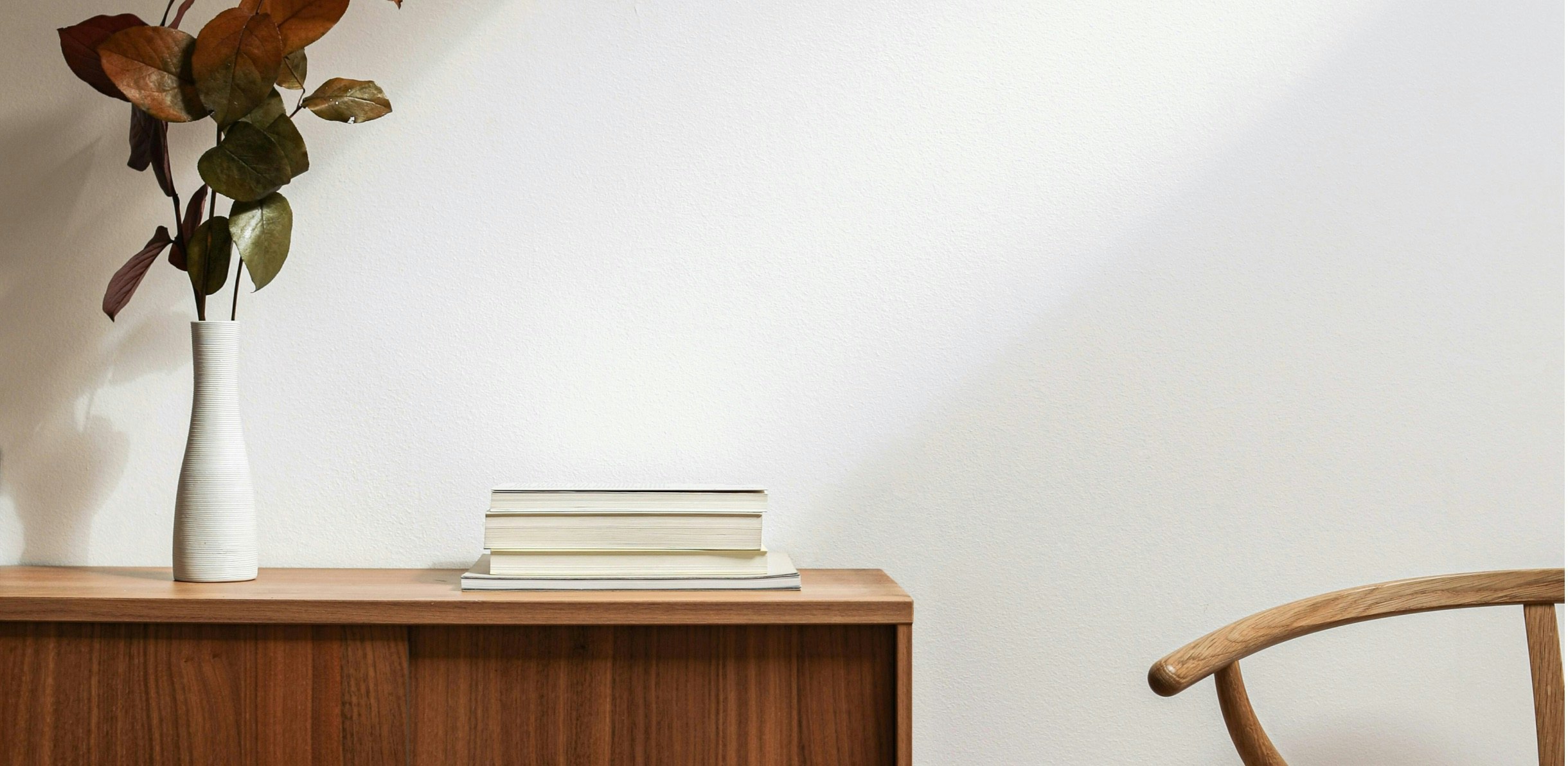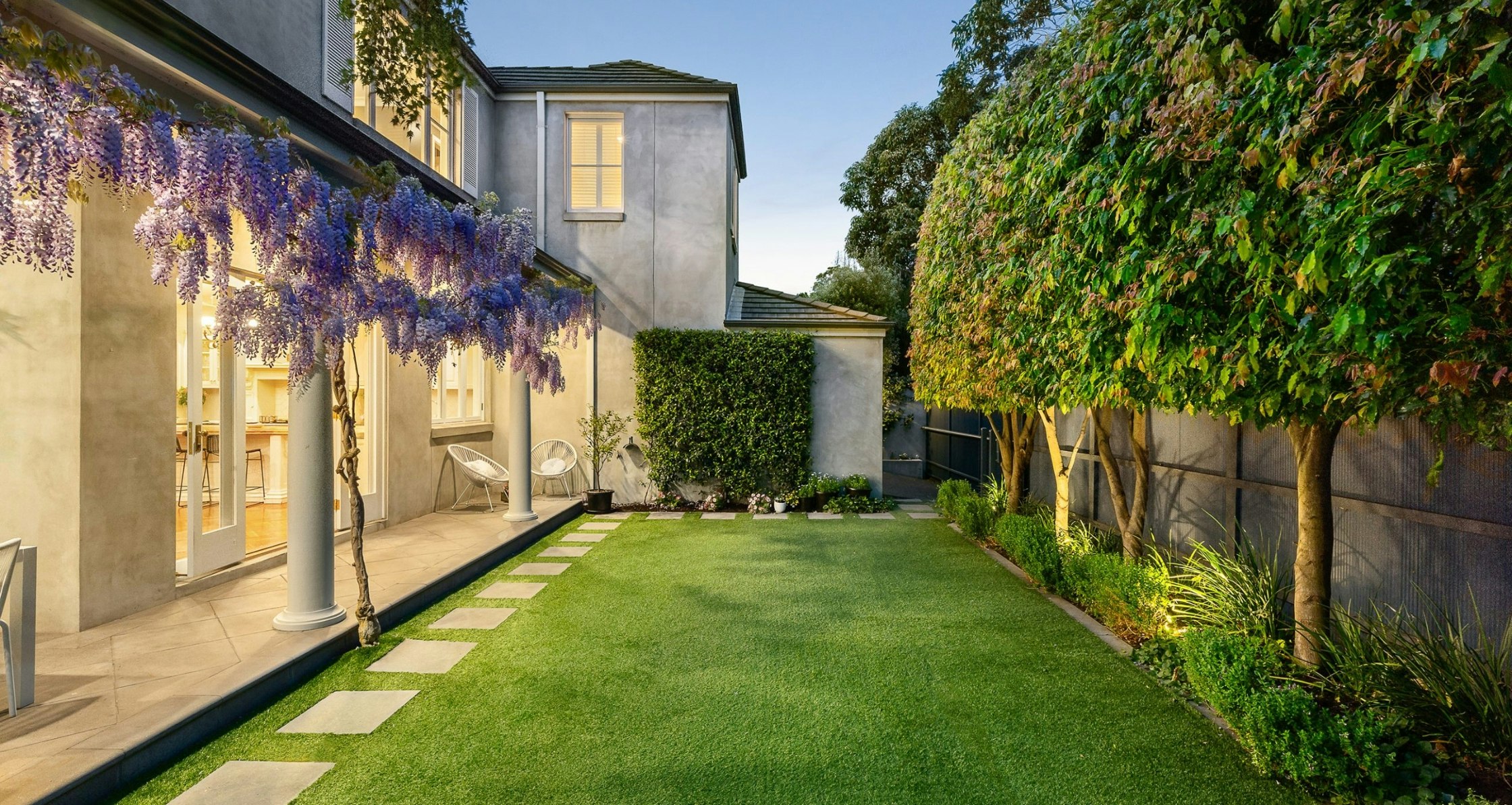Building a small second home on residential and rural properties across Victoria has recently become significantly easier, indicating a strategic effort by the Victorian Government to diversify housing options and increase housing supply. This initiative stems from the government's comprehensive Housing Statement for the decade of 2024-2034, aiming to address the critical need for more accessible and varied housing solutions.
Recent amendments to the Victoria Planning Provisions, planning schemes, and building regulations have streamlined the process for adding a small second home, often referred to as a granny flat, secondary dwelling, or accessory dwelling unit, on a property. As of 14 December 2023, under Amendment VC253 and the Building Amendment (Small Second Dwellings) Regulations 2023, these dwellings, up to 60 square metres, generally no longer require a planning permit unless affected by specific controls such as flooding or environmental considerations.
While the need for a planning permit has been largely eliminated, the construction of a small second home must still comply with certain criteria. A building permit is mandatory to ensure adherence to siting, amenity, design, and safety standards. These dwellings, which must include a kitchen, bathroom, and toilet, cannot be subdivided or sold separately from the main residence. In addition, they must not be connected to reticulated natural gas and do not necessitate a car parking space.
This policy opens up new possibilities for who can inhabit these small second homes. Whether for a family member, a dependent person, or unrelated individuals, these dwellings offer flexibility for rental or personal use, governed by the same residential tenancy requirements as primary homes, including room sizes, facilities, and smoke alarm regulations, as outlined by Consumer Affairs Victoria.
Now, most properties in residential and rural zones can welcome a small second home without the hurdles of obtaining a planning permit, though a building permit remains a prerequisite. This legislative change promises to make it easier for families to expand their living arrangements and for property owners to contribute to alleviating the housing shortage, all while adhering to the necessary safety and design standards.
The Victorian Government's initiative reflects a proactive approach to solving the housing crisis. By simplifying the creation of small second homes, Victoria is increasing housing supply while promoting a more inclusive and flexible housing market. This move is anticipated to have a substantial impact on meeting the needs of Victorians, highlighting the state's commitment to innovative housing solutions in the face of growing demand.




